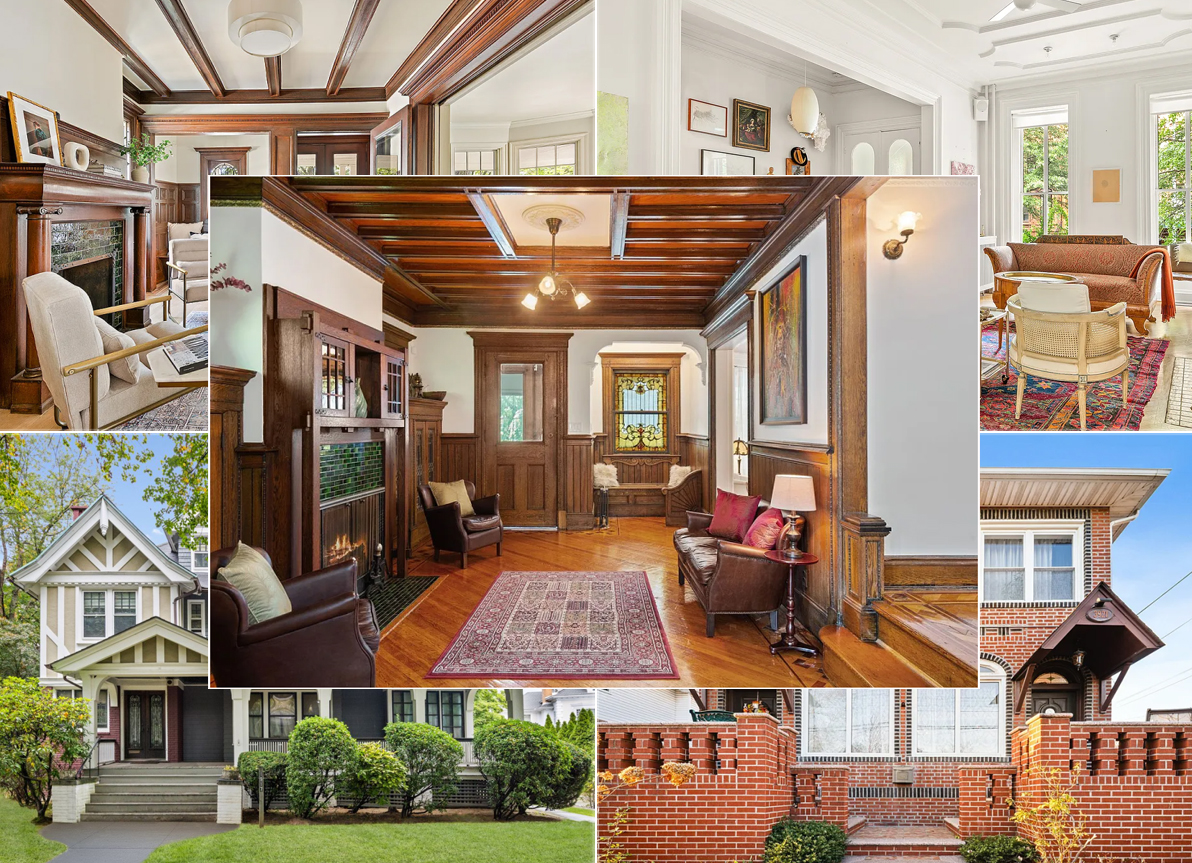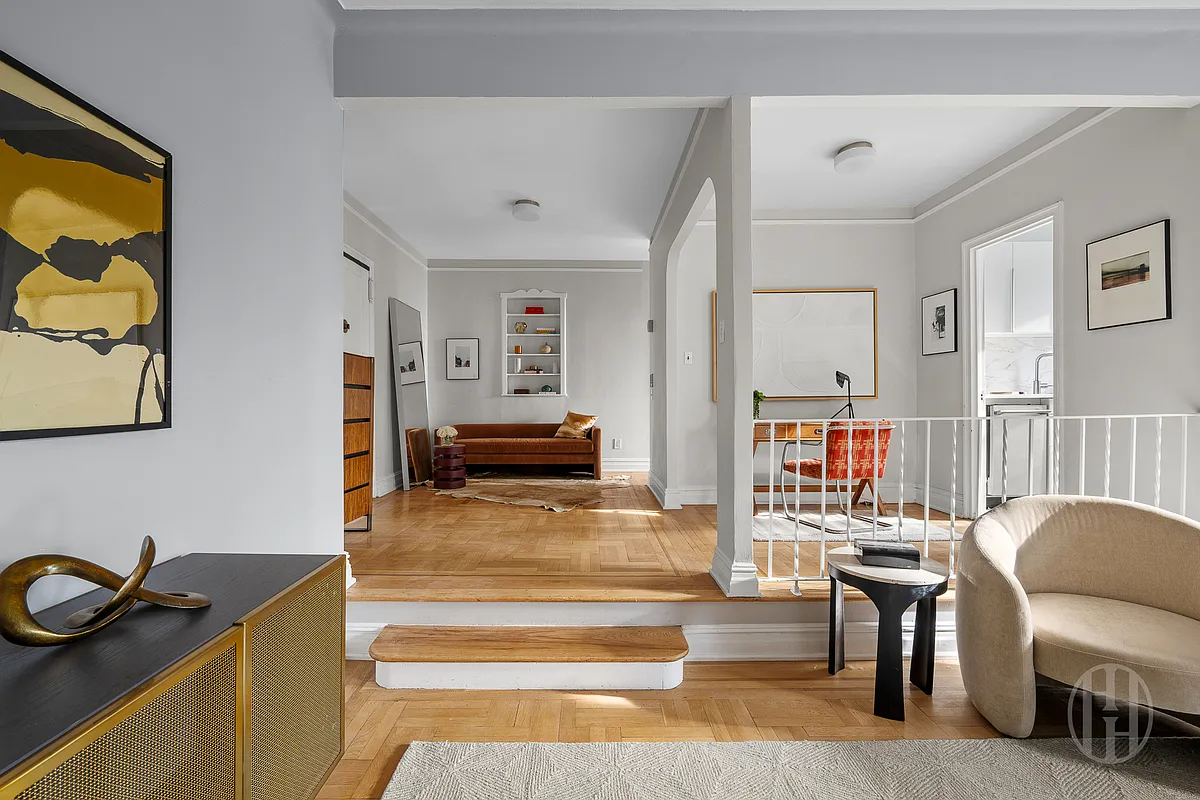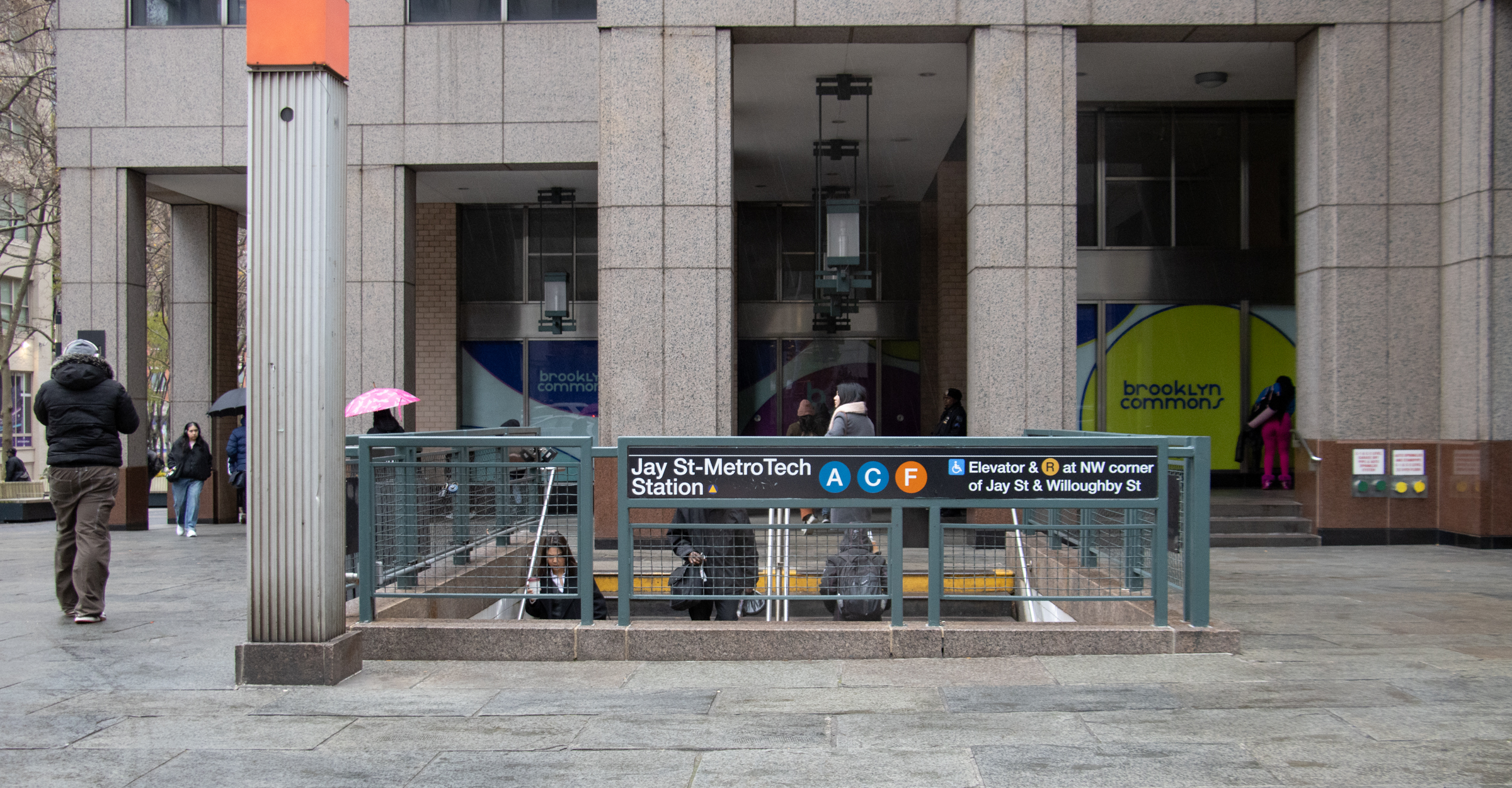Illegal Paint Job on Landmarked Block of Clinton Hill
We just got a tip that someone just started painting one of the brownstones on Grand Avenue between Gates and Putnam white this morning. (Yes, a certain blogger does live on this block.) Something tells us the Landmarks Preservation Commission didn’t sign off on this. If any readers are nearby, we’d appreciate a photo asap….


We just got a tip that someone just started painting one of the brownstones on Grand Avenue between Gates and Putnam white this morning. (Yes, a certain blogger does live on this block.) Something tells us the Landmarks Preservation Commission didn’t sign off on this. If any readers are nearby, we’d appreciate a photo asap. If anyone from LPC is reading, please get on the stick! Update 7/27: Here’s the photo from about 11:20 this morning. The address is 373 Grand Avenue. LPC confirms that there are no permits out on this.
 Update 7/29: As the Daily News article reports, it turns out that—luckily—the owner was only repainting the area around the door. While we understand that some people feel it was an overreaction on our part to post about this before all the facts were known, here’s why we think it was warranted: First of all, had the painters been intending to paint the entire facade, every second counted when we got the tip (we were in fact in Dumbo, and not just across the street, when the tip came in, so popping over for a friendly chat was not an option); secondly, we were on the phone with LPC within five minutes of getting the tip, and LPC told us that (1) the owner had no permit for the painting and (2) that he had racked up, and failed to cure, several other landmark violations over the years. All these factors led us to conclude that, on balance, it was not worth taking the risk that something really destructive might happen. You know, better safe than sorry. With 20/20 hindsight, this was clearly the wrong call. Apologies to the owner—our obsession with historic brownstones may have gotten the better of us on this one.
Update 7/29: As the Daily News article reports, it turns out that—luckily—the owner was only repainting the area around the door. While we understand that some people feel it was an overreaction on our part to post about this before all the facts were known, here’s why we think it was warranted: First of all, had the painters been intending to paint the entire facade, every second counted when we got the tip (we were in fact in Dumbo, and not just across the street, when the tip came in, so popping over for a friendly chat was not an option); secondly, we were on the phone with LPC within five minutes of getting the tip, and LPC told us that (1) the owner had no permit for the painting and (2) that he had racked up, and failed to cure, several other landmark violations over the years. All these factors led us to conclude that, on balance, it was not worth taking the risk that something really destructive might happen. You know, better safe than sorry. With 20/20 hindsight, this was clearly the wrong call. Apologies to the owner—our obsession with historic brownstones may have gotten the better of us on this one.
Bottom photo by Rosier for the Daily News





“Chill” Typical yuppie suggestion.
Chill is what happened in the 60’s when the neighborhood was burning and drugs and crime and indifference were rampant.
So “chill” is yuppie or criminal junkie arsonist?
“Then came the folks who came here in very risky times, who gave a damn”
Yeah sure. It’s the yuppies that move in that care and do all the work. Right. With all that disposable income to buy multi-million-dollar brownstones you’d better damn well care. Oh the privileges of being a white high-wage earner.
Wow. this is the most awesome thread ever. You people are hysterical! this may be the equivalent of the winter-hat post on ParkSlopeParents.com.
“we’d appreciate a photo asap. If anyone from LPC is reading, please get on the stick!”
Ew. The urgency in the wording of this makes me wonder sometimes why I continue reading this blog. With every post I am less inclined to read the silliness Mr B displays daily.
Frivolous!
The neighborhoods didn’t rebound because of the yuppies?
“Chill” Typical yuppie suggestion. Chill is what happened in the 60’s when the neighborhood was burning and drugs and crime and indifference were rampant. Then came the folks who came here in very risky times, who gave a damn — concerned and active (not chilled). Now that the neighborhood has rebounded because of their hard work and dedication, it is not time to chill or we lose it again.
Libertarian thoughts.
There are many promising ways of protecting the heritage left to us by our ancestors without resorting to threats of punishment and violence by the state. To cite just a few that spring to mind immediately: voluntary associations can purchase and preserve sites, owners can place covenants on their property to restrict alterations when selling it
I’t is interesting to consider the grandiose assertions that a new law means some site now will be “protected forever.” Even more damaging to the case for state-mandated preservation is the fact that the most egregious destroyers of treasures from our past have not been market actors seeking profit, but states pursuing power, engaging in wars, urban renewal projects, and eminent domain seizures of long-established and beloved neighborhoods for highways, airports, sports stadiums, and commercial developments promising higher tax revenues.
The crucial difference between the two approaches to preservation is that the path offered by the market, unlike the political process, prompts all interested parties to consider the costs, and not just the benefits, of their preferred use of some property. Those costs do not vanish when such decisions are reached by legislative or judicial decree, but only come to fall on the loser of the political battle, not because of any matter of justice, but merely because he proved to have less political influence than did his adversaries.
Haven’t we witnessed exactly this with the Ratner fiasco?
CG@2:26, I appreciate that you’re presenting the argument in a sane manner. To quote a few posts…”RULES! RULES! MORTAL SIN! IT’S NOT ALLOWED!IT’S A DISGRACE!” Honestly, don’t you think people are getting a bit too dramatic here? Stoner, go smoke some more weed. The rest of you…chill!
From Old House Journal
Why Brownstone Fails
Brownstone is a medium- to coarse-grained red-brown sandstone, usually with noticeable mica content that gives the stone its characteristic sparkle. The stone is held together with silica and clay, and Myjer says it’s the weaknesses of these elements that lead to most of the damage. These minerals swell after long periods of exposure to moisture and don’t return to their original size when the stone dries. This action causes small cracks, usually along the bedding planes, allowing more water to enter. Then pointing may crumble between blocks of brownstone, compounding the problem; as these joints open up, they allow water to seep in. When the temperature drops, the water freezes, expands, and further damages the stone in a continuing freeze-thaw cycle. Crumbling architectural details on top of a building may also channel water in patterns that severely wear away the brownstone façade. Drainage problems such as this must be corrected before repairing the brownstone itself. Maintenance of mortar joints, flashing, roofs, gutters, downspouts, and coping stones limit the amount of water that enters the masonry wall.
Another reason brownstone fails is that it typically was face-bedded, with the stone’s planes (layers) set perpendicular to the ground, rather than naturally bedded, with the bedding planes set parallel to the ground. This installation method allows water to penetrate through weakened mortar joints and flashing and into the stone’s layers. Face bedding was fast, aesthetically pleasing, and less costly-but definitely not the way Mother Nature intended. The stone spalls or flakes off, roughening the once smooth surface. Although you can counteract some water problems, you’re stuck with the original orientation.
read entire article
http://www.oldhousejournal.com/magazine/2002/June/savingface.shtml